Shipping goods internationally by ocean freight is one of the most common and cost-effective ways to move large quantities of products across the globe. For businesses importing or exporting goods, understanding how ocean freight charges are calculated is essential for budgeting and planning. Ocean freight costs are influenced by several factors, from the type of cargo to the distance between the ports of origin and destination, and even the current market demand for shipping space.
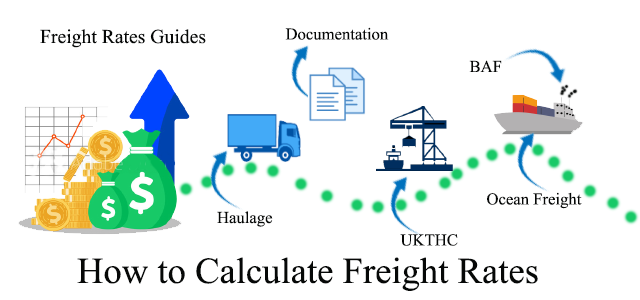
In this guide, we will break down the key components involved in calculating ocean freight charges, explain how each factor affects your overall shipping cost, and offer tips on how to get the best rates for your business.
Factors That Affect Ocean Freight Charges
Before diving into the calculation process, it's important to understand the different elements that contribute to the cost of ocean freight. These charges can vary based on the following factors:
Type of Freight
Ocean freight charges depend largely on whether you’re shipping Full Container Load (FCL) or Less Than Container Load (LCL). FCL shipments involve booking an entire container for your goods, whereas LCL shipments involve sharing container space with other importers’ goods. LCL tends to have higher per-unit shipping costs because the container space is divided among multiple shippers, and consolidation fees apply.
Size and Weight of Cargo
Ocean freight rates are typically calculated based on the volume (measured in cubic meters, or CBM) or weight (measured in metric tons) of the cargo, depending on which measure results in higher costs. For large or bulky goods that take up significant space but are relatively lightweight, volume is often the key cost factor. Conversely, for dense, heavy shipments, weight will be the determining factor.
Distance Between Ports
The distance between the port of origin and the port of destination is a major factor in calculating freight charges. Longer distances naturally incur higher shipping costs due to increased fuel consumption and operational costs. The choice of shipping routes, as well as the efficiency of the ports involved, also influences pricing.
Type of Goods Being Shipped
The nature of the goods being shipped can impact freight rates. Hazardous or perishable goods often require special handling or storage, such as refrigeration or temperature-controlled containers, which add to the overall cost. Additionally, certain types of cargo may incur higher insurance rates due to their value or sensitivity.
Fuel Surcharges and Bunker Adjustment Factor (BAF)
Fuel surcharges, also known as the Bunker Adjustment Factor (BAF), are charges that shipping companies add to cover the fluctuating costs of fuel. Since fuel is a major operational cost for ships, any changes in fuel prices are reflected in the shipping rates. The BAF is typically updated quarterly or monthly, depending on market conditions.
Port Handling Charges and Terminal Fees
Every port has its own set of handling charges, known as Terminal Handling Charges (THC). These fees cover the costs of loading and unloading containers from ships, as well as other port services. Both the port of origin and the destination port charge these fees, and they are a standard part of ocean freight costs.
Currency Adjustment Factor (CAF)
When shipping internationally, currency fluctuations can affect the overall cost. The Currency Adjustment Factor (CAF) is a charge that compensates for exchange rate variations between the currency of the shipping company and that of the paying customer. This fee is typically applied by shipping companies to protect against potential losses due to currency volatility.
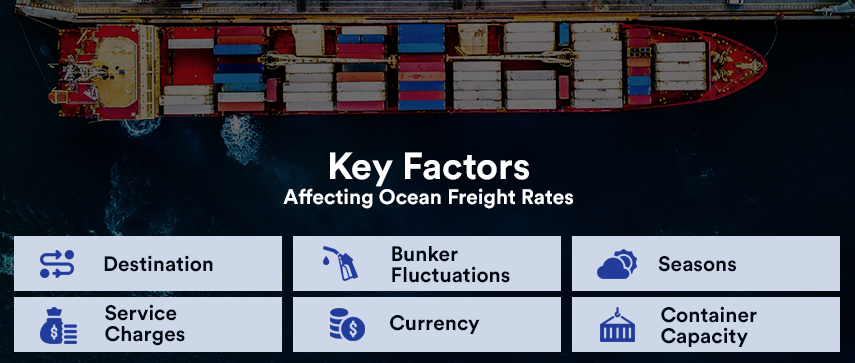
Key Components of Ocean Freight Charges
Ocean freight charges are composed of several key elements, each of which is calculated based on specific criteria. Below are the most common components of an ocean freight invoice:
Basic Freight Rate (BAS)
This is the fundamental cost of transporting your goods from the port of origin to the destination port. The basic freight rate is usually quoted on a per-container basis for FCL shipments, or per cubic meter (CBM) or weight for LCL shipments. The rate depends on factors such as the shipping route, type of goods, and market conditions.
Terminal Handling Charges (THC)
Terminal Handling Charges are applied at both the loading and unloading ports. They cover the costs of moving containers in and out of ships, cranes, storage, and other services provided by the port. THCs vary depending on the port’s location, size, and infrastructure, and they are typically quoted separately from the base freight rate.
Bunker Adjustment Factor (BAF)
The Bunker Adjustment Factor is a surcharge that accounts for changes in the price of fuel. Since fuel prices can fluctuate significantly, shipping companies adjust this factor regularly to ensure they cover operational fuel costs. This surcharge is usually calculated as a percentage of the base freight rate.
Security Surcharges
Security surcharges cover costs associated with complying with international maritime security regulations. These charges ensure that cargo is protected from potential security threats. Ports located in high-risk areas or regions with elevated security measures often impose higher security surcharges.
Documentation Fees
Shipping internationally requires a significant amount of paperwork, including bills of lading, customs declarations, and shipping manifests. Documentation fees cover the cost of preparing and processing these essential shipping documents. These charges vary depending on the shipping company and the type of goods being transported.
Peak Season Surcharge (PSS)
During periods of high demand, such as before major holidays (like Christmas or Chinese New Year), shipping companies may impose a Peak Season Surcharge (PSS). This surcharge compensates for the increased demand for shipping space and helps manage congestion at ports. It is typically a flat fee added to the base freight rate during peak periods.
Currency Adjustment Factor (CAF)
As mentioned earlier, the Currency Adjustment Factor accounts for currency exchange rate fluctuations. Shipping companies add this fee to offset any losses due to unfavorable exchange rate changes, particularly when the currency used in the transaction differs from the shipping company’s base currency.
Inland Transportation Costs
If your shipment requires transportation from an inland location to the port of origin or from the destination port to a final inland location, inland transportation charges will apply. These costs depend on the mode of transport (trucking, rail, or barge), the distance traveled, and the availability of transportation services.
Step-by-Step Guide to Calculating Ocean Freight Charges
Now that we’ve outlined the key components that contribute to ocean freight costs, let’s walk through a simplified step-by-step process for calculating these charges.
Step 1: Determine Shipment Volume and Weight
For LCL shipments, the cost is based on the volume or weight of the cargo. Begin by calculating the total volume of your shipment in cubic meters (CBM) or the weight in metric tons. The formula for calculating volume is:
CBM=Length (m)×Width (m)×Height (m)
For example, if your cargo dimensions are 2 meters by 2 meters by 3 meters, the total volume would be:
2m×2m×3m=12CBM
For FCL shipments, you’ll be charged based on the size of the container (e.g., a 20-foot or 40-foot container), regardless of whether the container is full or not.
Step 2: Get a Base Freight Rate
Contact a freight forwarder or shipping company to get a quote for the base freight rate. The quote will be based on the type of cargo (FCL or LCL), the distance between ports, and the type of goods being shipped. Ensure that the rate includes details about fuel surcharges, security fees, and any additional costs specific to your shipment.
Step 3: Add Terminal Handling Charges (THC)
Ask the shipping company for the THC rates for both the origin and destination ports. These charges are usually quoted on a per-container or per-CBM basis for LCL shipments. Add these to your base freight rate.
Step 4: Include Fuel Surcharges (BAF)
Since fuel costs fluctuate, shipping companies apply the BAF to cover the cost of fuel. Check if this surcharge is included in the base rate or if it is charged separately. If it’s separate, calculate the percentage and add it to your total cost.
Step 5: Factor in Security and Peak Season Surcharges
If your shipment requires additional security measures or is scheduled for a peak season, include these surcharges in your calculation. These fees can vary greatly depending on the route and timing of your shipment.
Step 6: Include Documentation and Additional Fees
Don’t forget to include documentation fees, customs clearance charges, and any other miscellaneous fees that may apply. These are often a fixed cost per shipment and should be clearly outlined by your freight forwarder.
Step 7: Calculate Total Ocean Freight Charges
Once you’ve gathered all the relevant costs, sum them up to determine your total ocean freight charges:
Total Freight Cost=Base Freight Rate+THC+BAF+Security Surcharge+Peak Season Surcharge+Documentation Fees
This will give you a comprehensive estimate of how much your ocean freight shipment will cost.
Conclusion
Calculating ocean freight charges may seem complex at first, but by breaking down the costs into their individual components, you can better understand what influences the total price of shipping your goods. Whether you're shipping via FCL or LCL, the key factors such as volume, weight, port charges, fuel costs, and additional surcharges all play a role in determining the final cost.
Working with a knowledgeable freight forwarder can simplify the process and help you get competitive rates. By understanding how these
 Easy Shipping From Global, Save Cost
Easy Shipping From Global, Save Cost

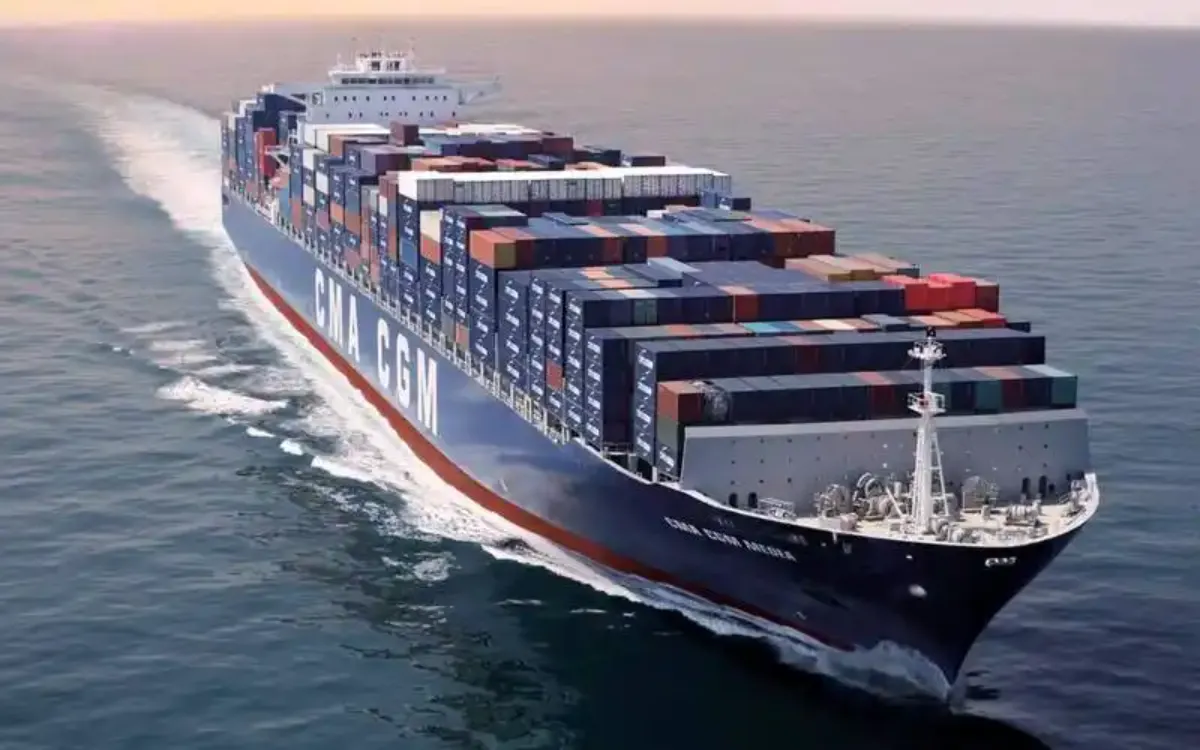
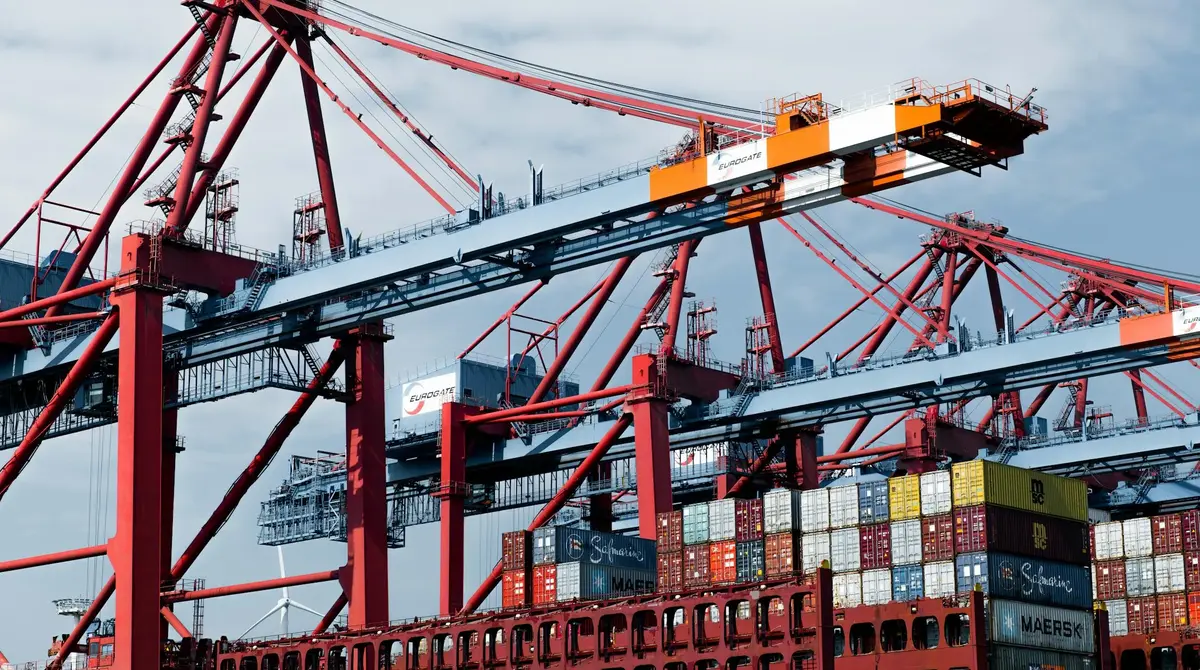
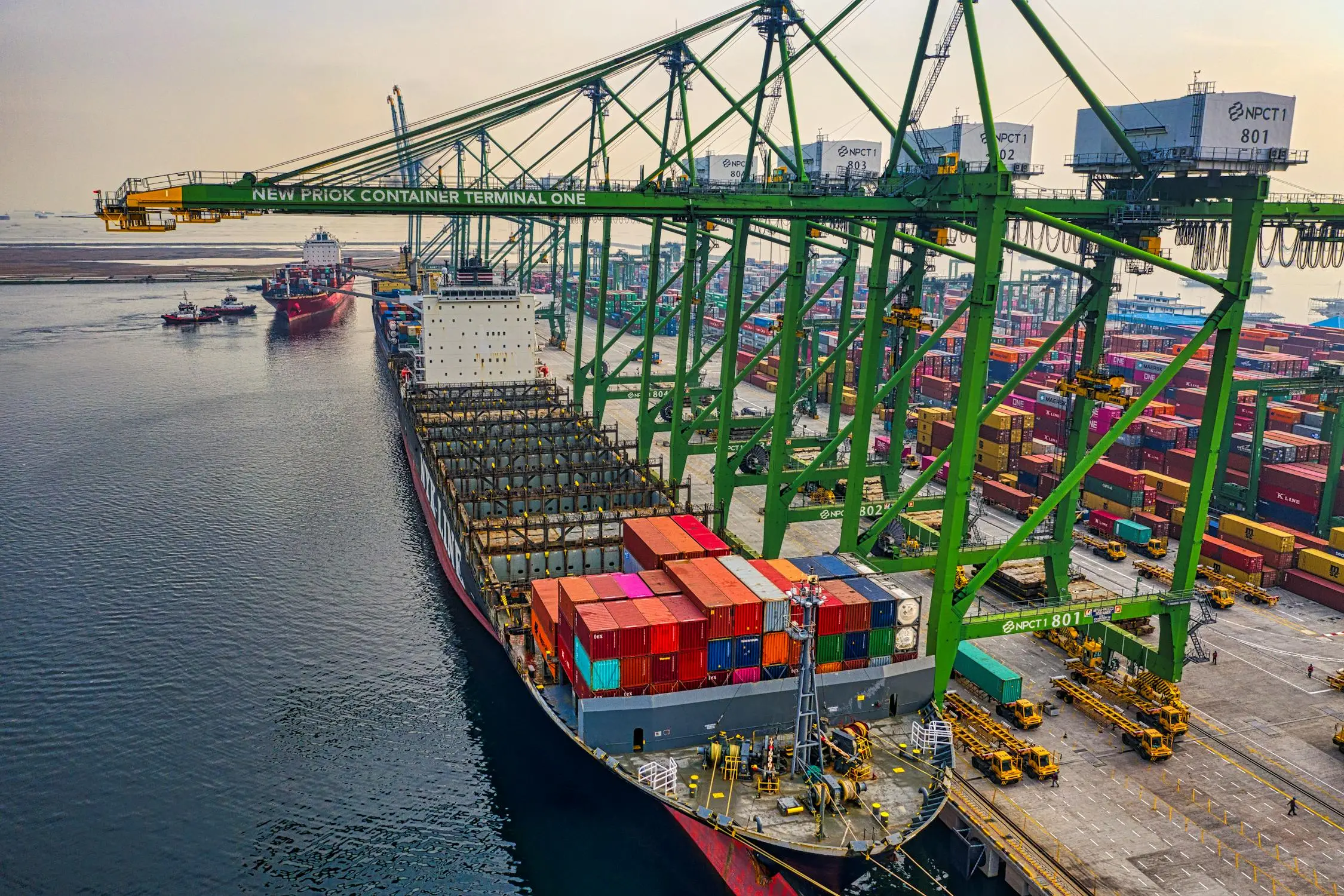










The article is very helpful to me, good!